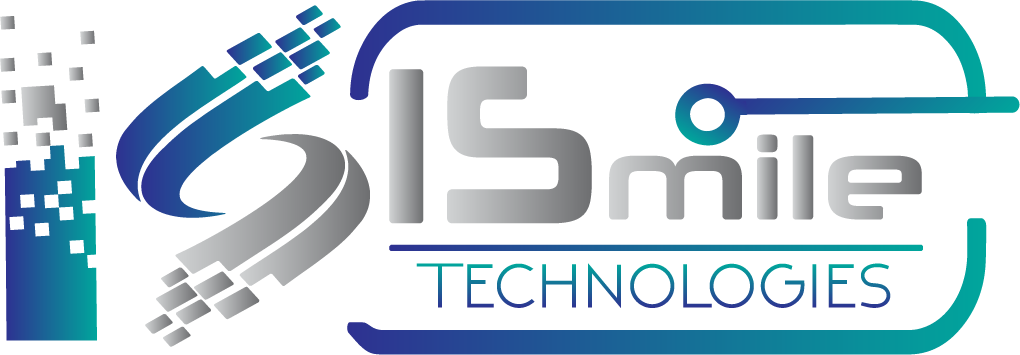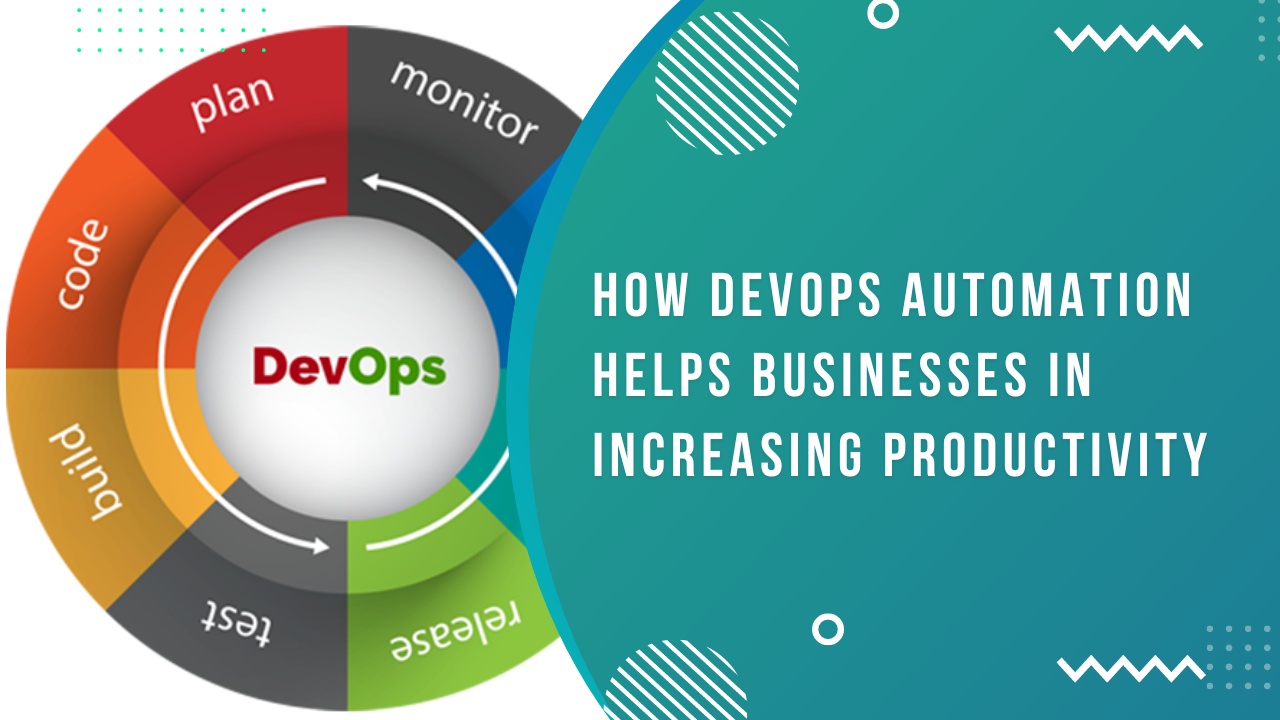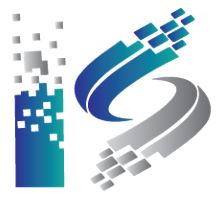DevOps has emerged as a savor when automation has helped create a fast-paced market where new deployments are happening every now & then. We need to understand that DevOps is not a technology used to enhance productivity rates but a strategy to ensure better synchronization between development & operations teams. DevOps relies heavily on sequential steps, from software development to software release. Therefore, the need for DevOps automation in the domain is growing. In DevOps, the automation starts right from the product planning stage, where the development & operations work together to produce the required output.
A spectrum of Automated Assistance
DevOps automation has elements from the full spectrum of automated assistance. Run time defines the viability of an application. In cloud computing, there is a method called auto-scaling, which enhances the application’s run time by using the number of computational resources required, i.e., ‘scaling’ them as per requirements.
But that is only possible if the code is suited to the purpose – this brings in code quality integration, combining code quality with the consumer’s needs. The code this produces requires a lot of management. There is Version control management where a database is created to track all the modifications made to the software. Each new version needs efficient management, called Application Lifecycle Management (ALM).
Software Configuration Management
The lifecycle of code begins at the time of its planning only. After the planning comes the building, testing (through DevOps testing tools), and release stages. Then comes the role of the Operations team, which then releases the code and continues to monitor it. So, ALM governs the changes and development of the code produced. For all codes to avoid any further issues, there must be proper infrastructure and software configuration. These are handled by Infrastructure and Software Configuration Management, respectively. Some balance has to be maintained in the Devs & Ops to allow changes in the software.
Ready to automate dev & ops to shorten the SDLC?
Talk to our experts today & see how they can help to fulfill your business objectives.
Change Management & Auto-deployment Management
Changes can produce defects, and because of these defects, the program’s working may get hampered. In this scenario, Defect Management takes over through DevOps automation tools & ensures the seamless working of the produced software. This seamless working of the software can be made more efficient if the application can run without any external assistance.
Auto Deployment Management and other automation tools in DevOps guarantees this. This is an essential aspect, as most applications can run independently without any problems. This deployment is dependent on how the application has been built. An application built well will not cause problems; it will run systematically and definitely achieve the target it is supposed to reach. The build also has to be automatic and is taken care of by the Build Automation. It leads to better productivity and adaptable code.
At ISmile Technologies, we take DevOps as a no-touch CI/CD-driven software delivery approach. This approach envisages that a single integrated delivery function from requirement gathering to production will provide better business value to customers. Talk to us for free assessment.










